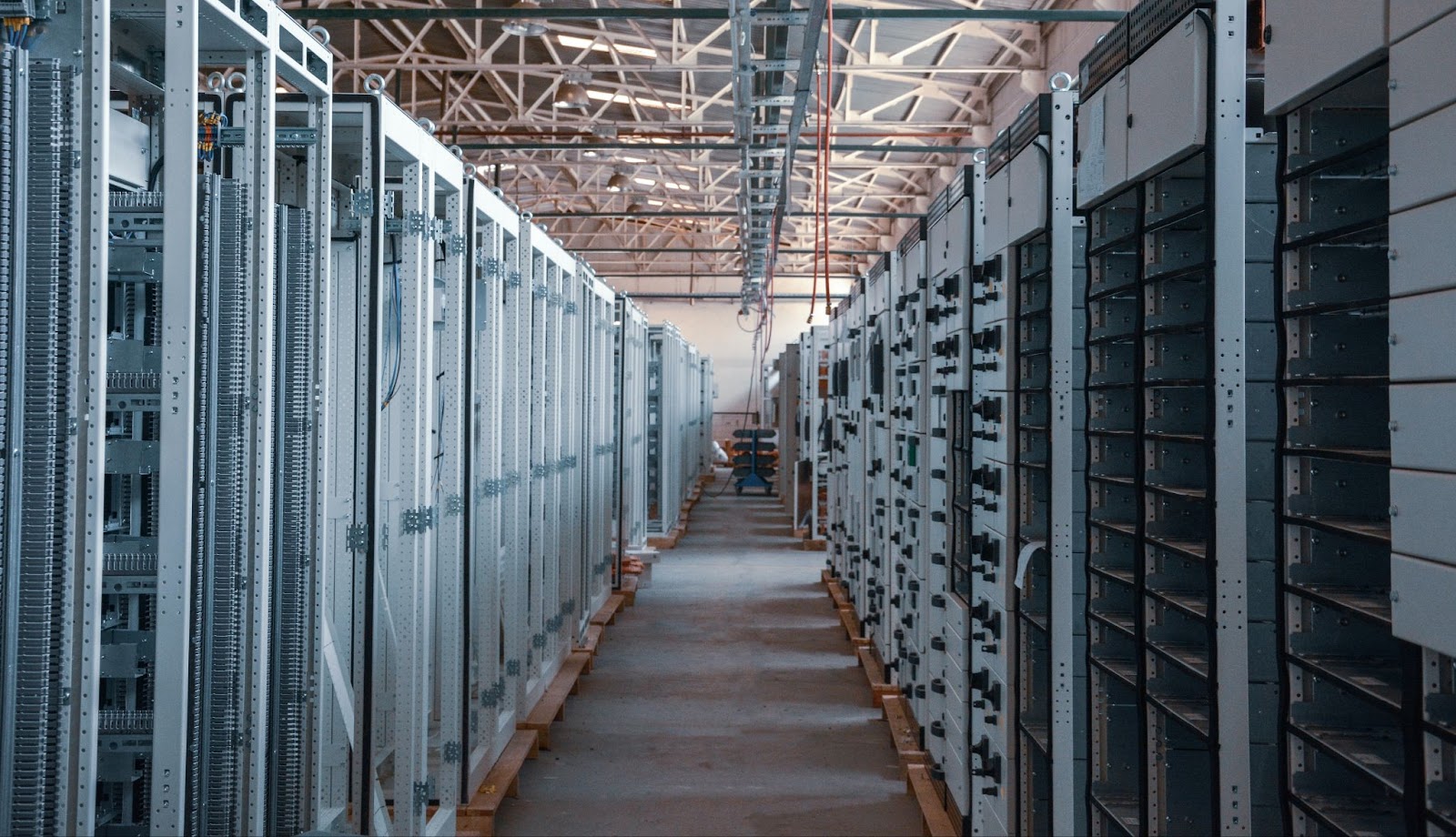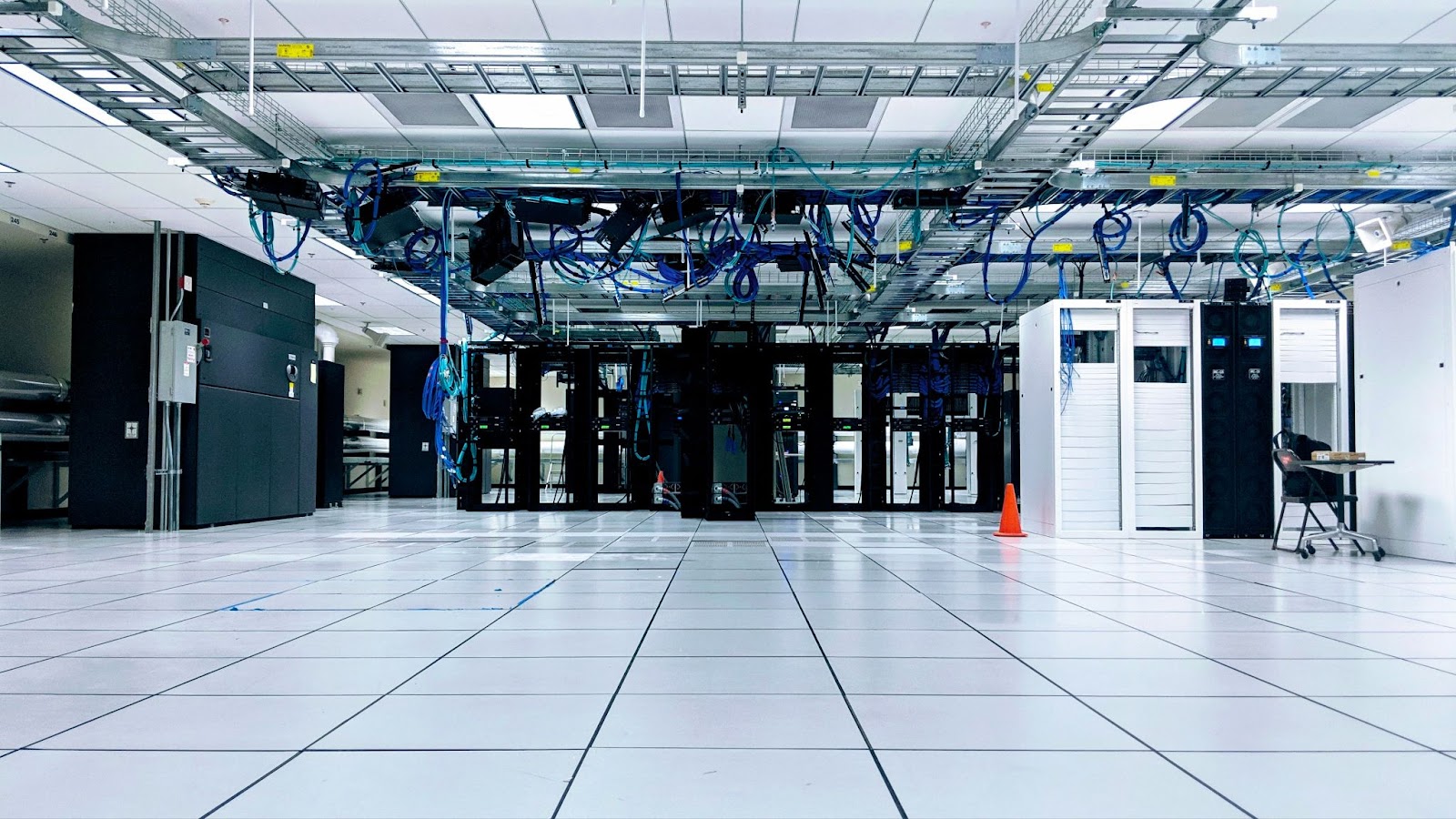 照片由 İsmail Enes Ayhan在 Unsplash上拍摄
照片由 İsmail Enes Ayhan在 Unsplash上拍摄
长期以来,在data center 行业中,建造可容纳大量硬件的巨大设施一直是一种趋势。也有一些规模较小的设施供个人使用自己的设备。但现在的重点是更紧凑的本地设施,即边缘数据中心。
人们对边缘数据中心及其带来的好处的兴趣正在稳步增长,这是有充分理由的。与核心数据中心相比,边缘数据中心的规模更小、位置更靠近终端客户,并能以更低的延迟处理数据。
在本文中,我们将回答 "什么是data center ?"和 "什么是边缘data center ?"的问题,解释边缘数据中心与cloud 和区域数据中心的区别,讨论使用边缘数据中心data center 的好处等。
Data Center 是什么?
在深入探讨边缘数据中心的优势和重要性之前,让我们先来回答 "什么是data center ?"这个问题。
A data center 是一种使用复杂的网络、存储和计算基础设施来提供数据和应用程序共享访问的设施。有一些行业标准可帮助设计、构建和维护data center 基础设施和设备,以确保数据的高可用性和安全性。
什么是边缘Data Center ?
边缘data center 是一种分散式设施,配有冷却和供电基础设施,可在靠近数据生成地或使用地的位置提供存储和计算。这意味着,边缘data center 在终端用户所在地附近存储、处理和分析数据,而不是将网络流量发送到最近的主要市场,在cloud 或地区性data center 进行处理。
就物理位置而言,边缘服务器可以安装在独立的设施中,也可以安装在各种不同的环境中,包括电缆头端、基站塔基、电信公司或企业现场。
边缘的特征Data Center
如前所述,边缘数据中心靠近终端用户。与终端用户的物理距离保证了网络往返时间尽可能短。其主要目的是减少数据延迟,提高吞吐量。除了邻近性,边缘data center 还具有以下主要特征:
- 快速处理速度。除了减少网络延迟外,边缘数据中心还具有快速处理能力,可确保快速完成终端用户的请求。
- 体积小。 构成常规data center 的部件在边缘数据中心中也能找到,但它们所处的空间要小得多。精确的尺寸会有很大差异,这取决于应用以及为实现所需的延迟而需要离用户多近。
- 易于维护。 由于边缘数据中心位于企业园区或总部内,因此访问和维护相对容易。
- 更大网络的一部分。 边缘data center 是复杂网络的众多组成部分之一。可能有许多边缘数据中心分布在较大的地理区域。也可能有更大的数据中心,在那里以中心辐射模式传播数据。
Data Center 边缘对Cloud
Cloud 数据中心数据中心 规模大,位于市区以外,电力和土地成本相对较低。cloud 数据中心与终端用户之间的距离从数百英里到数千英里不等,这增加了数据最终传输的延迟。因此,尽管cloud 数据中心可以更有效地支持包括网站托管、电子商务以及移动和网络应用在内的使用案例,但边缘数据中心也可以为具有低延迟要求的应用提供适当的服务。
Data Center 边缘与区域
边缘data center 离数据生成或使用地非常近。另一方面,区域数据中心通常位于较大的城市地区 ,覆盖的地理区域较广,这意味着它们距离最终用户较远。因此,区域数据中心更适合处理对性能不太敏感的任务,如存储和分析,而边缘数据中心则更适合支持有低延迟要求的应用。
 照片由 Taylor Vick在 Unsplash上拍摄
照片由 Taylor Vick在 Unsplash上拍摄
边缘数据中心的优势
将数据中心迁移到边缘有四大优势,其中包括
- 安全性。边缘数据中心通过限制数据存储量、减少更广泛的网络漏洞以及减少敏感数据的传输量来提高安全性。
- 延迟。 边缘数据中心可以降低延迟,从而大大加快响应速度。通过将计算和存储放置在终端用户附近,减少了数据必须传输的物理距离,从而最大限度地降低了遇到数据流不畅的传输线路的可能性。
- 运营成本。 由于减少了往返中央服务器的流量,边缘数据中心降低了路由和数据传输成本,这对高带宽应用至关重要。更具体地说,边缘数据中心通过使存储和计算更接近使用点,减少了连接cloud 或区域数据中心所需的必要互联枢纽和高成本电路的数量。
- 带宽。通过在本地处理数据,边缘数据中心减少了往返中央服务器的流量。因此,用户的大型网络可以获得更多带宽,从而提高整个网络的性能。
边缘数据中心为何重要?
物联网和 5G 网络的快速发展为许多行业创造基于cloud 的新应用铺平了道路。其中许多应用(如可穿戴医疗设备或自动驾驶汽车)要想成功地为终端用户服务,就必须具备高度快速的处理能力、低延迟和高带宽。
物联网时代边缘数据中心的重要性
根据 Gartner 的数据,目前所有物联网数据中有 45%是在边缘处理的。物联网和边缘计算共同提供了一种更快、更有效的数据收集和处理方法。通过边缘计算实时处理数据,可减少网络拥塞和延迟,从而提高效率,提供更无缝的客户体验。此外,物联网设备可以作为cloud 网关,从而实现更强大的数据收集和处理能力。边缘计算和物联网共同为数据处理和管理提供了完整的解决方案。
与集中式物联网设计相比,边缘计算有许多优势,包括
减少延迟、提高服务质量(QoS)、降低能耗、快速部署软件更新、加快数据处理、促进物联网系统之间的数据传输、提高数据安全性、易于扩展等。
 照片由 Thomas Jensen在 Unsplash上拍摄
照片由 Thomas Jensen在 Unsplash上拍摄
边缘计算使用案例
下面列出了最重要的边缘计算使用案例:
- 自动驾驶车辆。 自动驾驶汽车可以实时收集、解释和共享数据,从而使交通更加安全。
- 可穿戴医疗设备。 医护人员可以即时访问健身手环和个人健康监测设备收集的重要患者数据。
- 人工智能虚拟助手。 家庭人工智能虚拟助手的处理工作量分布在本地,以减少数据处理延迟并提高性能。
- 增强现实技术。 零售连锁店正在采用需要实时数据处理的增强现实(AR)技术,以改善店内购物体验。
- 内容交付网络。 内容提供商可在一毫秒内向终端用户传送在边缘缓存的内容。
- 金融组织。 延迟减少后,交易算法的执行速度会更快,从而有可能增加银行和其他金融机构的利润。
- 制造业。 为工业物联网设备增加数据存储和计算功能可提高能源效率和预测性维护。
- 远程监控。摄像机记录的大量数据可在本地收集和处理。
底线
在过去几年中,边缘数据中心因其带来的众多优势而备受关注,并将在未来几年继续成为人们关注的焦点。
我们希望这篇文章成功地回答了 "什么是data center ?"和 "什么是边缘data center ?"这两个问题,并解释了它们的好处和重要性。要建立一个具有成本效益和可持续发展的边缘data center ,就必须与EdgeUno这样的供应商合作,由其快速高效地提供您所需的服务和空间。有了 EdgeUno 的主机代管服务,您的关键基础设施将被放置在拉丁美洲的三级和四级地点,您将获得该地区连接最密集的网络,直接到达您的空间。由于我们在整个地区拥有经验丰富的专业物流人员,我们还提供采购、进口、物流管理、边缘中心设备租赁以及设备和部件存储方面的支持或交钥匙服务,从而消除了实施方面的麻烦。